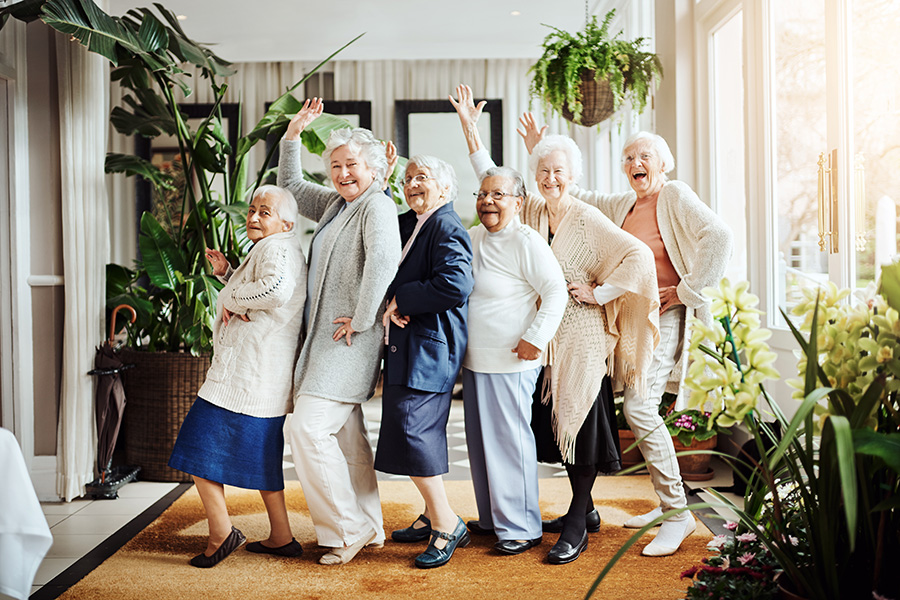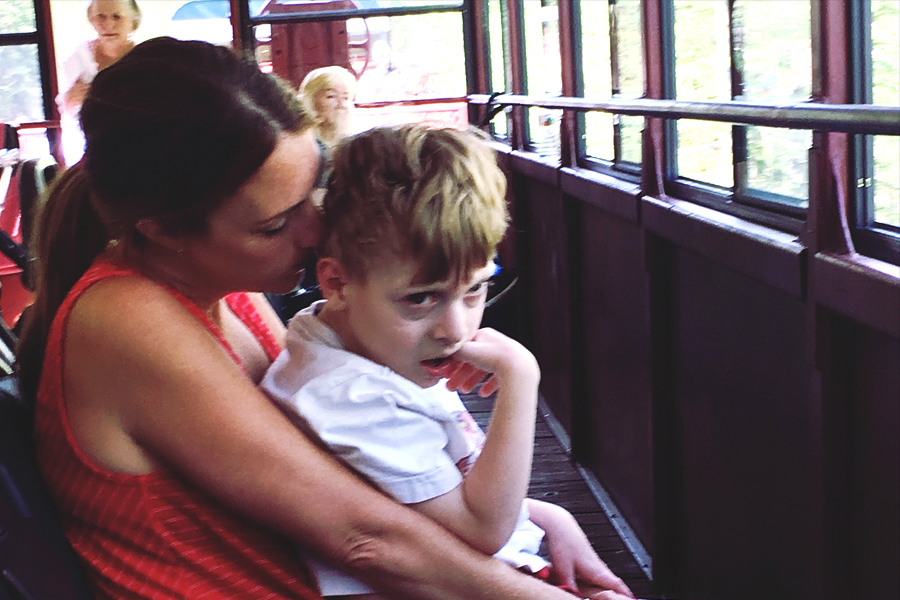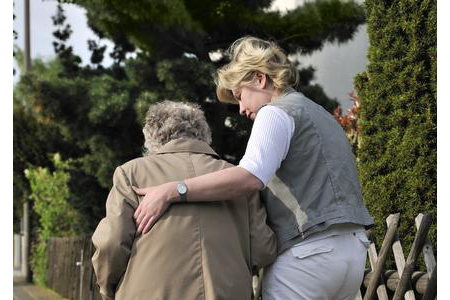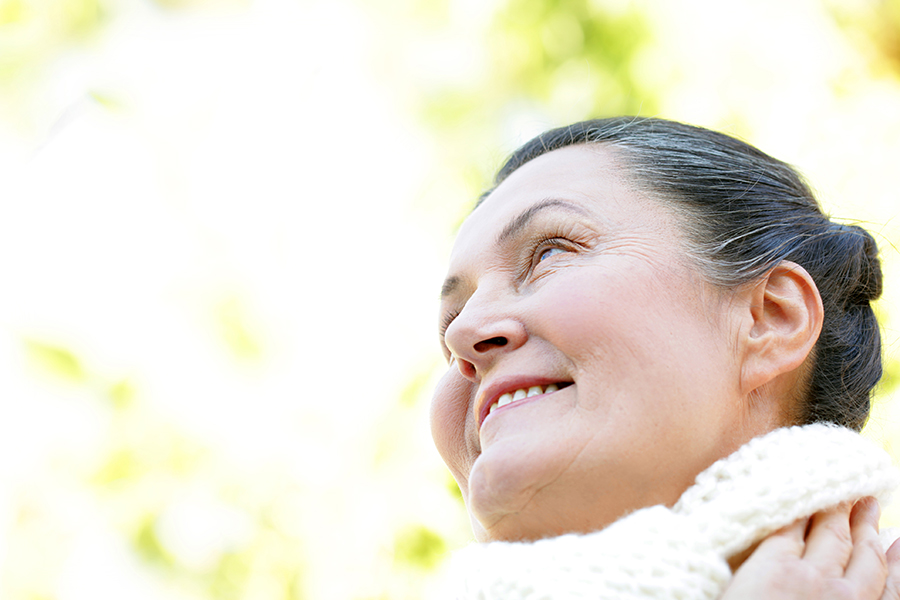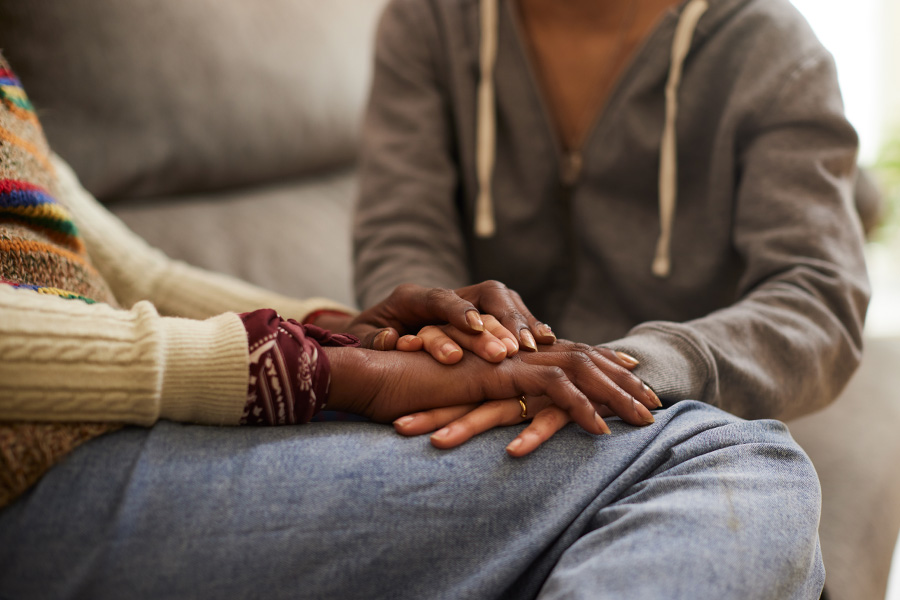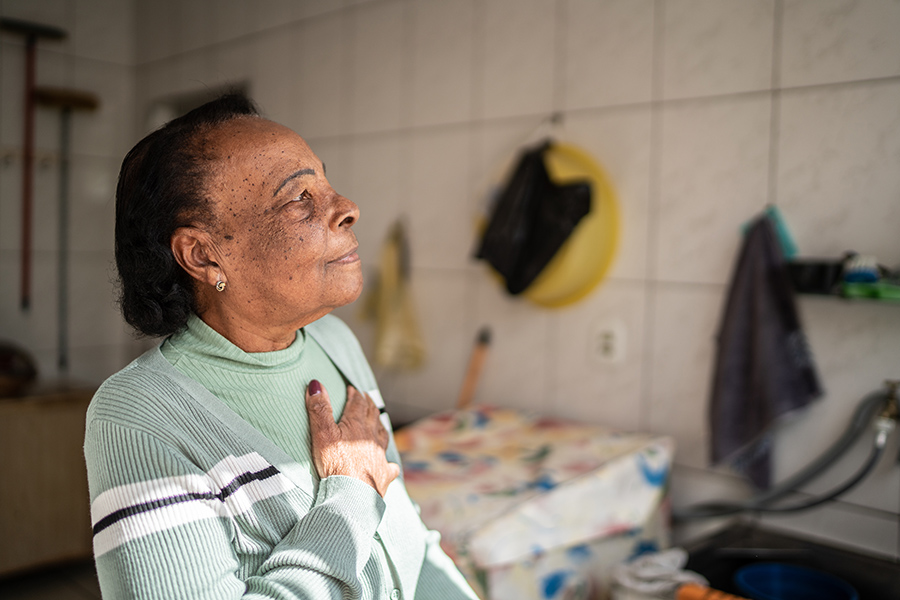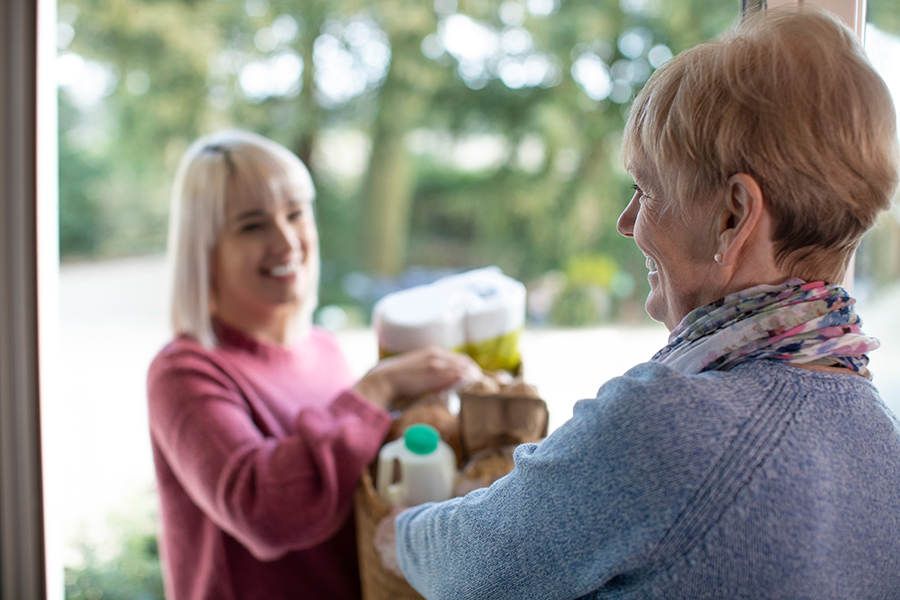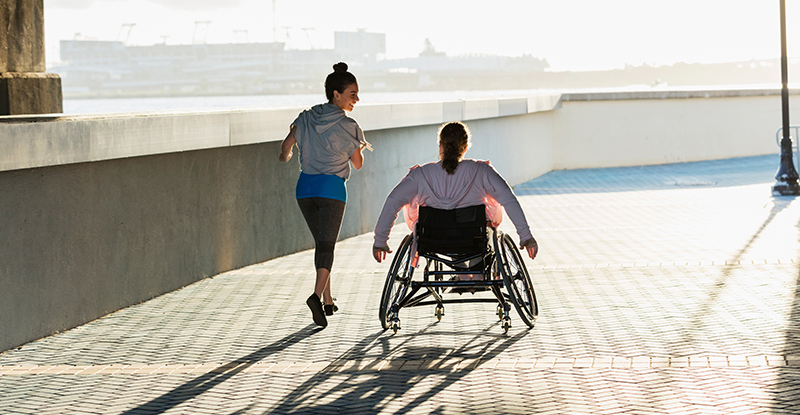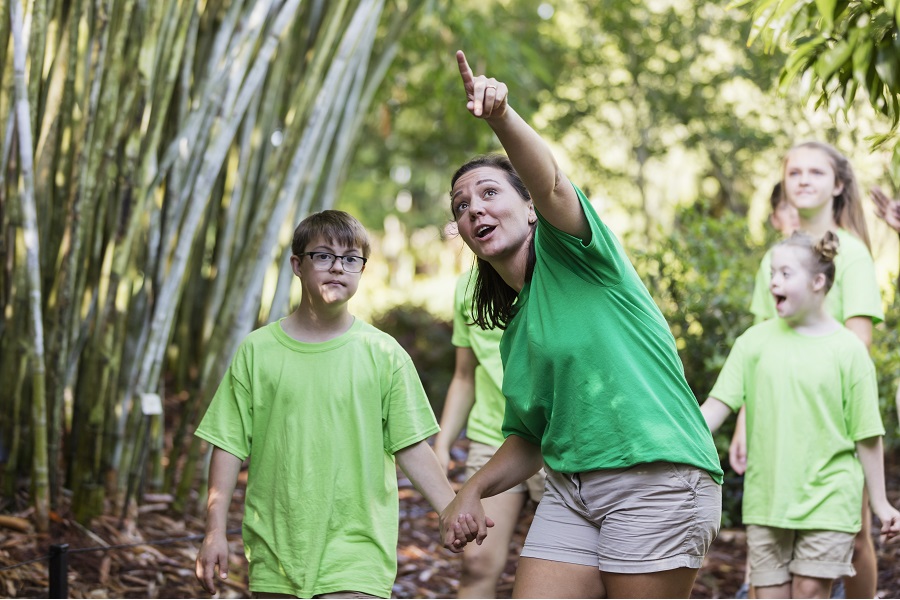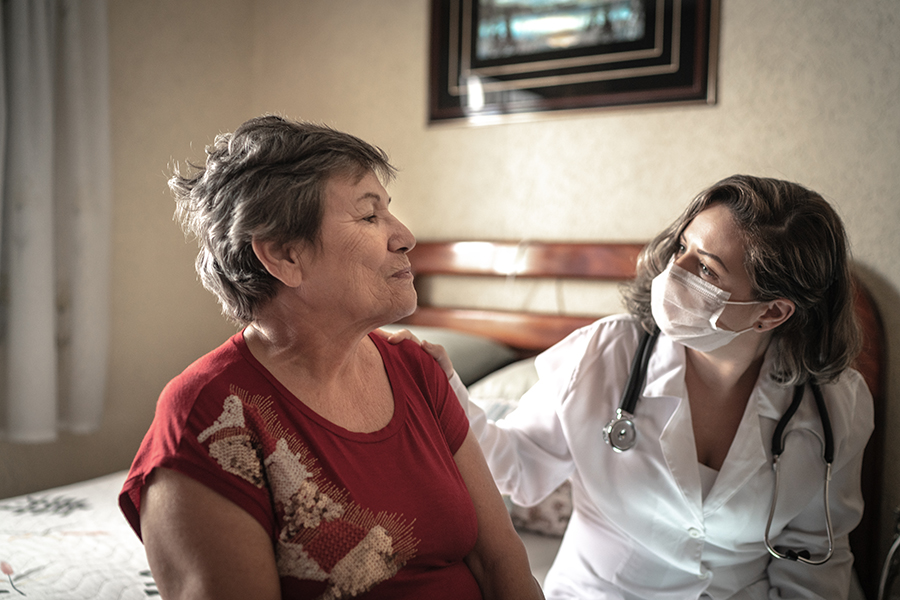Each May, we celebrate Older Americans Month (OAM) to recognize the countless contributions older adults make in our communities. The time, experience, and talents of older adults enrich the lives of those around us. This year’s theme, “Aging Unbound,” focuses on how older adults can age in our communities, living independently for as long as possible and participating in ways they choose. It also gives us an opportunity to explore how communities can combat aging stereotypes, and how we all benefit when older adults remain engaged, independent, and included.
History of Older Americans Month
When Older Americans Month was first established in 1963, only 17 million living Americans were 65 or older. One in three older Americans lived in poverty, few government programs existed to support this population, and concerns for seniors were growing. In April 1963, a meeting between President John F. Kennedy and members of the National Council of Senior Citizens sparked a conversation about aging. One result of this meeting was the designation of May as “Senior Citizens Month.” In 1977, President Jimmy Carter renamed May as Older Americans Month.
Why Age at Home?
Nearly 90% of seniors prefer to stay in their own homes as they age. Aging in place enhances life satisfaction, improves quality of life, and raises self-esteem. It can also improve physical health by avoiding some of the bacterial and/or viral risks found in shared living spaces. These benefits can help seniors to remain happy and healthy into old age.
Beyond the health and quality-of-life benefits for older adults, encouraging seniors to age in place benefits the community as well. Families and friends can benefit from the life experiences of seniors. Older adults tend to volunteer more than any other age group, which – in addition to benefiting those they serve – benefits senior health by helping strengthen relationships with others in the community.
Aging and Falls
As we age, we hear more and more about fall prevention. Why is this so important? When we are younger, a simple accident like tripping on a rug or slipping on a wet floor is usually a minor accident. As we age and our bodies become less resilient, a simple fall can be life-changing. Falls increase the risk of broken bones, which thousands of older adults experience each year. For older people, a broken bone can domino into more serious health problems and ultimately lead to long-term disability.
More than one in four people age 65 years or older fall each year. The risk of falling — and fall-related problems — rises with age. By taking steps to reduce fall risk, you are not just preventing an inconvenience; you are investing in the opportunity to live a robust and independent life.
Fall Prevention Exercises
A strong heart and strong muscles and bones can help prevent falls. Below are some categories of exercise to focus on and why those exercises are beneficial. In addition to all the benefits below, physical activity also helps to prevent illness, improve sleep, reduce stress, and avoid falls!
Endurance
Endurance exercises improve the health of your heart, lungs, and circulatory system. They also delay or prevent many diseases that are common in older adults such as diabetes, colon and breast cancers, heart disease and others. Some types of endurance exercises include aerobics or fast walks — basically any activity that increases breathing and heart rate.
Strength
Even small increases in muscle strength can make a big difference in your ability to stay independent and execute everyday activities such as climbing stairs or carrying groceries. There are many exercises that can help improve strength, including lifting weights and using a resistance band.
Balance
A strong sense of balance can help you stand on tiptoe to reach something on the top shelf, walk up and down the stairs, and walk on an uneven sidewalk without falling. Some balance exercises include standing on one foot, heel-to-toe walk, and Tai Chi.
Flexibility
Stretching can help your body stay flexible and limber. It will give you more freedom of movement in your everyday activities. Flexibility makes it possible to look over your shoulder to see what is behind you as you back the car out of the driveway, make the bed, or bend over to tie your shoes. Exercises in this category include shoulder and upper arm stretches, calf stretches, and yoga.
More resources:
Nutrition Over 70: A Guide To Senior Dietary Needs
How to Help a Loved One After Falling | Step-by-Step Illustration
Home Safety: How to Reduce the Risk of Falls






